Edison, His Life and Inventions
Edison, His Life and Inventions
These volumes aim to be a biography rather than a history of electricity, but they have had to cover so much general ground in defining the relations and contributions of Edison to the electrical arts, that they serve to present a picture of the whole development effected in the last fifty years, the most fruitful that electricity has known.
Book Excerpt
possible to convert mechanical energy into electricity cheaply and in illimitable quantities, but electricity at once showed its ubiquitous availability as a motive power. Boats were propelled by it, cars were hauled, and even papers printed. Electroplating became an art, and telegraphy sprang into active being on both sides of the Atlantic.
At the time Edison was born, in 1847, telegraphy, upon which he was to leave so indelible an imprint, had barely struggled into acceptance by the public. In England, Wheatstone and Cooke had introduced a ponderous magnetic needle telegraph. In America, in 1840, Morse had taken out his first patent on an electromagnetic telegraph, the principle of which is dominating in the art to this day. Four years later the memorable message "What hath God wrought!" was sent by young Miss Ellsworth over his circuits, and incredulous Washington was advised by wire of the action of the Democratic Convention in Baltimore in nominating Polk. By 1847 circuits had been strung between
Editor's choice
(view all)Popular books in Biography
Readers reviews
4.0
LoginSign up
Very Inspiring, 10 Out of 10
- Upvote (0)
- Downvote (0)
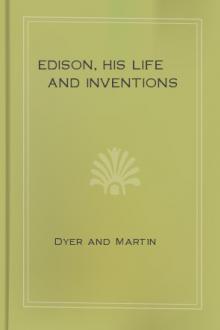
 Free Download
Free Download











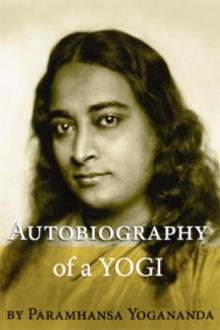
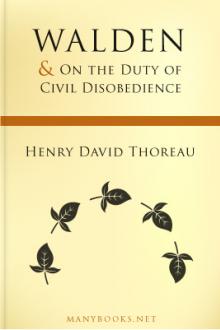

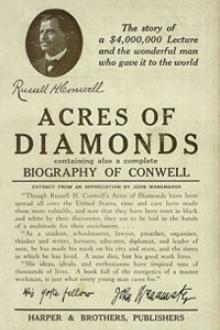
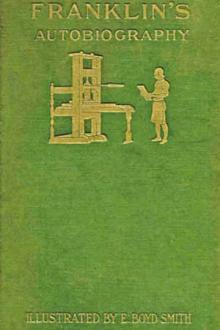
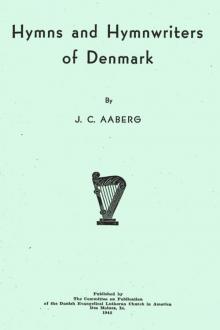
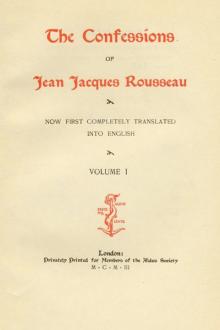
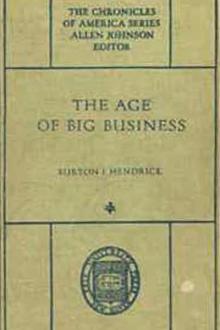

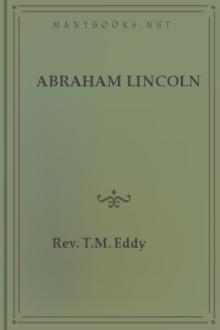

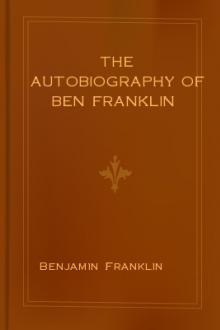
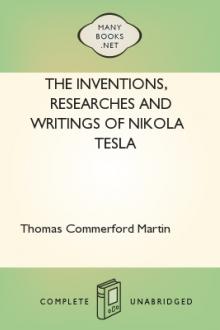
-itok=vcKIB5v1.jpg)
